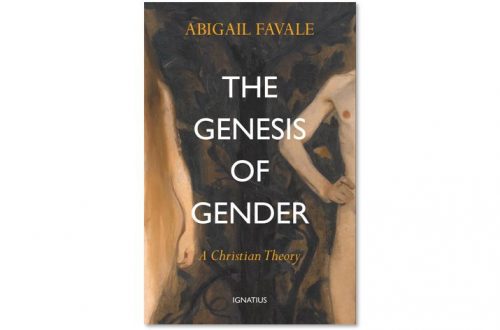 Leland Ryken, Choosing a Bible: Understanding Bible Translation Differences (Wheaton, IL: Crossway, 2005). 32pp. $3.99.
Leland Ryken, Choosing a Bible: Understanding Bible Translation Differences (Wheaton, IL: Crossway, 2005). 32pp. $3.99.
This little 32-page booklet is in many ways an extension and abstract of Leland Ryken’s earlier and more comprehensive work, The Word of God in English: Criteria for Excellence in Bible Translation (Crossway, 2002). The booklet consists of three chapters and an appendix. Chapter one asks and answers the question, “How Do Bible Translations Differ from Each Other?†Here Ryken introduces the distinction between dynamic equivalent and formal equivalent approaches to translation. Chapter two sets forth five negative effects of the dynamic equivalent approach. Chapter Three discusses ten reasons why “essentially literal†translations are trustworthy. The Appendix consists of a chart that places specific translations along a spectrum that has formal equivalence on the left side, dynamic equivalence in the middle, and paraphrase on the right side.
This little book’s value consists mainly in its succinct and clear presentation of the different sides of the translation debate. It would be very useful in a classroom of students who are just being introduced to the debate over what the proper method of Bible translation should be. In fact, Ryken’s exposition resembles the lectures that I give to my own hermeneutics students each semester on this subject. There are three basic approaches to translation (formal equivalence, dynamic equivalence, and paraphrase) and each individual English translation of the scripture false somewhere on the spectrum between formal equivalence and paraphrase.
Another strength of this book is its thesis that the formal equivalence approach is the best and most faithful method of Bible Translation. Ryken’s thesis and the reasons he gives to support it are basically on target—formal equivalence preserves the full interpretive potential of the original, it reduces the frequency of having to correct a translation in preaching, etc.
The main weakness of the book is that it does not discuss the main issues with the depth that the main issues deserve. Certainly, this is due to the brevity and intended scope of the book. Nevertheless, this is a shortcoming that is worth pointing out. For instance, Ryken charges dynamic equivalent translations with “interpreting†the Biblical text rather than “translating†it. The main problem with this contention is that even formal equivalence translations like the NASB give more interpretive renderings at times. This is inevitable in any translation into English and absolutely cannot be avoided. Ryken does not acknowledge this fact.
Overall, this is a useful little volume, and I intend to use it in my courses. However, as the beginning student’s knowledge of the intricacies of translation increases, a more comprehensive treatment of the issues will be required.




One Comment
Eric M Schumacher
Would you recommend this for church members?